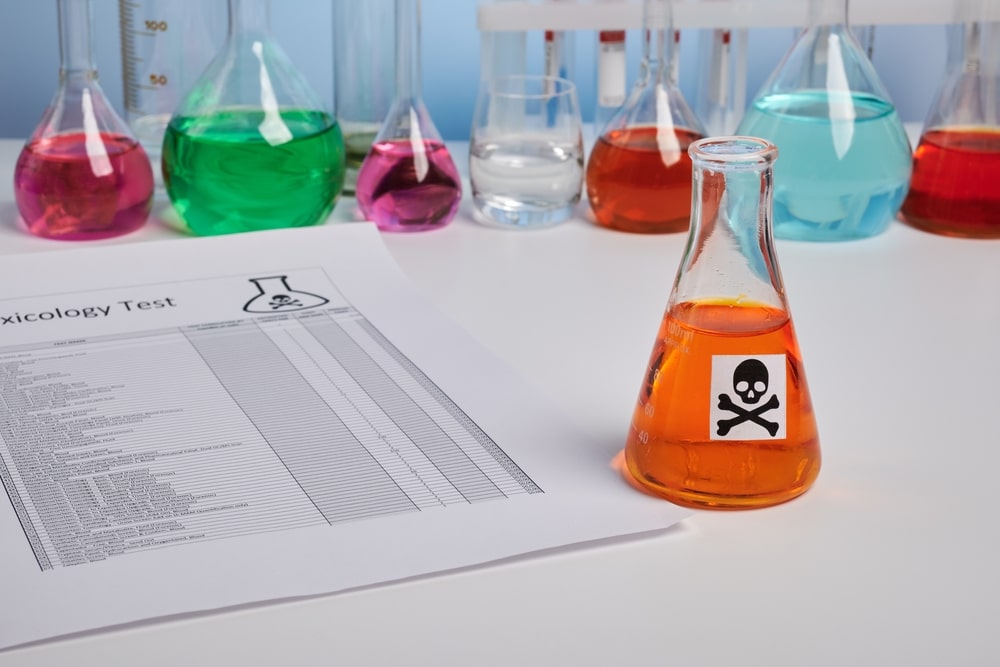The errors which affect an experimental result may conveniently be divided into the following categories:
- Systematic, determinate, or constant errors.
- Random or indeterminate errors.
- Errors in measurements.
- Gross errors.
- Other errors.
Systematic, Determinate, or Constant Errors
Table of Contents
These errors can be avoided and their magnitude can be determined, thereby correcting the measurements.
Determinate errors are characterized by the fact that it affects the results of a series of determination to the same degree. These errors occur with definite regularity owing to faulty methods of technique or measuring instruments.
Types of determinate errors: Determinate errors may be of different types:
(i) Personal errors: These errors are not connected with the method or procedure but the individual analyst is responsible for them. This type of error may arise due to the inability of the individual to make observations. Some important personal errors are:
- Inability in judging color changes sharply in visual titrations.
- Error in reading a burette.
- Mechanical loss of material in various steps of analysis.
- Failure to wash and ignite a precipitate properly.
- Insufficient cooling of the crucible before weighing.
- Using impure reagents.
- Ignition of precipitate at incorrect temperatures.
- Errors in calculations.
(ii) Operational errors: These errors are mostly physical and occur when the sound analytical technique is not followed.
(iii) Instruments and reagent errors: Following factors are responsible for such errors:
- Balance arms of unequal lengths.
- Un-calibrated or improperly calibrated weights.
- Incorrectly graduated burettes.
- Attack of foreign materials upon glasswares.
- Loss in weight of platinum crucibles on strong heating.
- Impure reagents.
These errors can be avoided by using calibrated weights, calibrated glassware, and pure reagents.
(iv) Methodic errors: These are the most serious types of errors encountered in chemical analysis. Some examples involving methodic errors are:
- Solubility of precipitate in medium and wash liquid.
- Decomposition or volatilization of weighing forms of precipitates on ignition or heating.
- Hygroscopicity of the weighing forms of the precipitates.
- Co-precipitation.
- Post-precipitation.
- Failure of a reaction to achieve completion.
- Occurrence of side reactions.
These errors can be eliminated or reduced to a small magnitude by employing the proper technique.
(v) Absolute and proportional errors: Absolute error is independent of the amount of the constituent present in the determination e.g., loss in weight of a crucible. On the other hand, the magnitude of proportional error depends upon the quantity of the constituent. e.g., impurity present in a standard substance.
Random or Indeterminate Errors
These errors are accidental and the analyst has no control over them. They may be of two types.
(i) Variation within determinate errors: These cannot be prevented from variation e.g., in igniting a precipitate of Al(OH)3 to constant weight, an analyst may obtain successive values, varying without a definite trend.
(ii) Erratic Errors: The analyst has no control over such errors. Important examples of erratic errors are:
- Vibration in balance while handling it.
- Accidental loss of material during analysis.
Errors in Measurements
- Errors in weighing may be due to the insensitivity of balance.
- Wrong suspension of ring riders.
- Placing the weights at the edge of the pan.
- Using non-calibrated weights.
- The difference in temperature between the object weighed and the balance.
- Errors in measuring solutions may be due to the incorrect use of glassware.
Gross Errors
Common gross errors are:
- Use of numerically incorrect conversion factors.
- Wrong selection of method.
- Unsuitable storage of samples.
Other Errors
Besides the above, there may be present some other types of errors, such as
- Errors in radiometric analysis.
- Errors in chromatography.
- Photometric errors.
Make sure you also check our other amazing Article on : How do you make 0.1 M ammonium thiocyanate?
